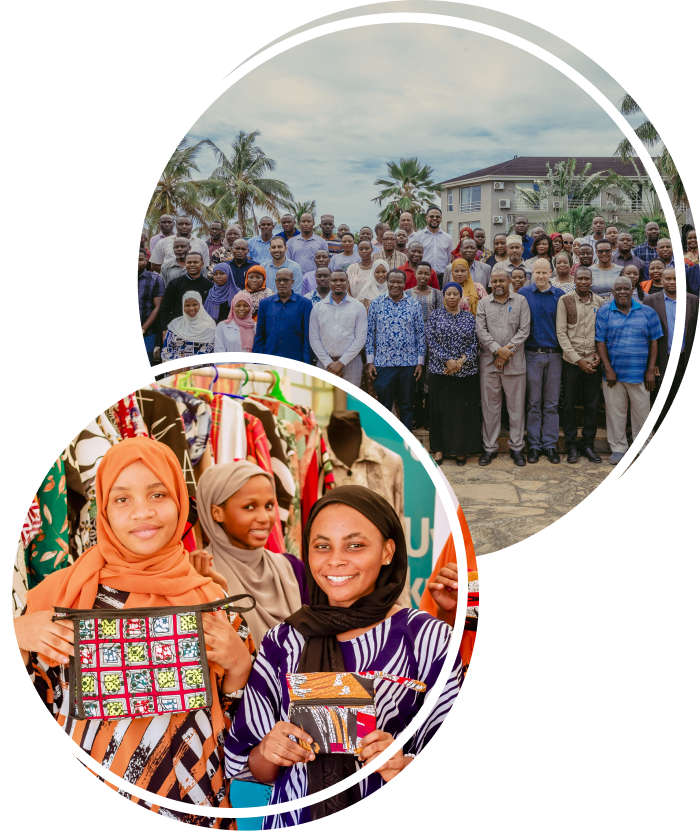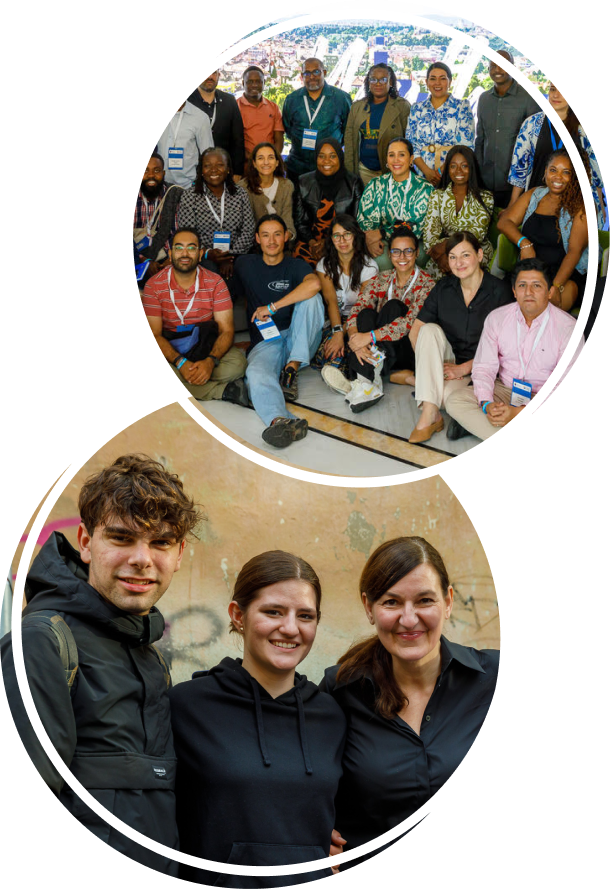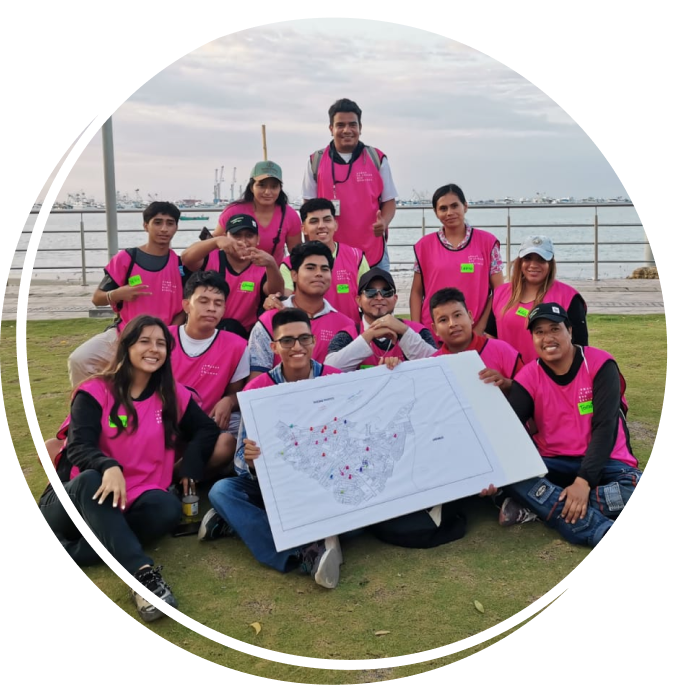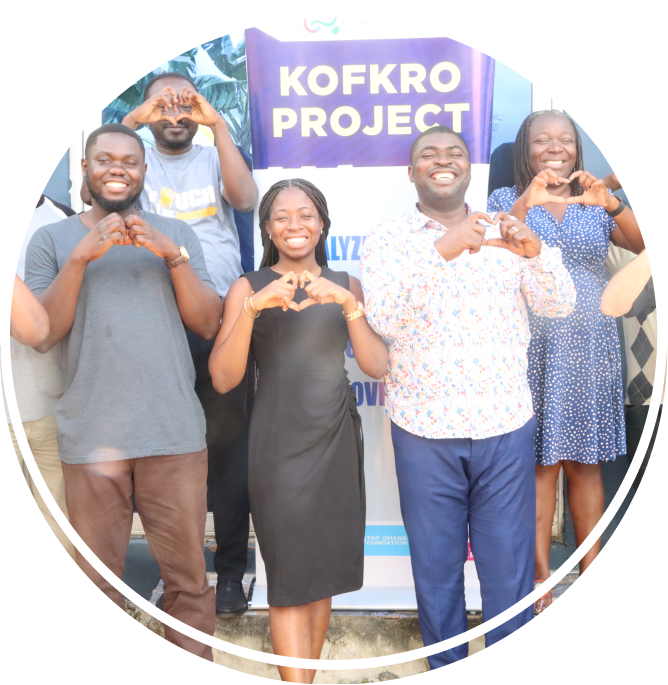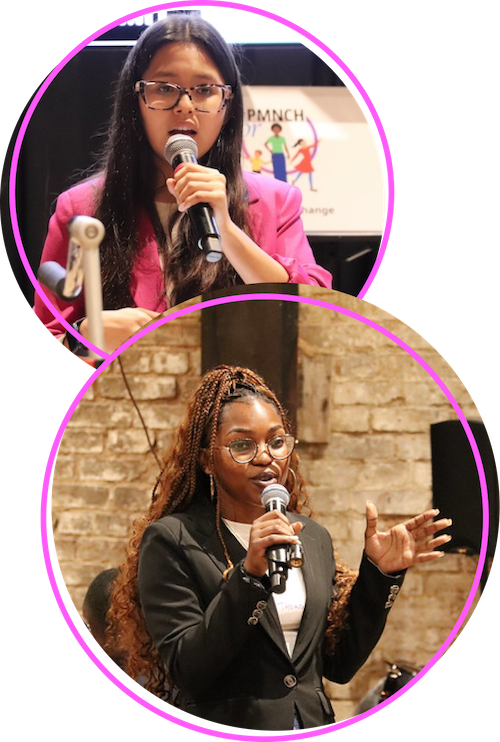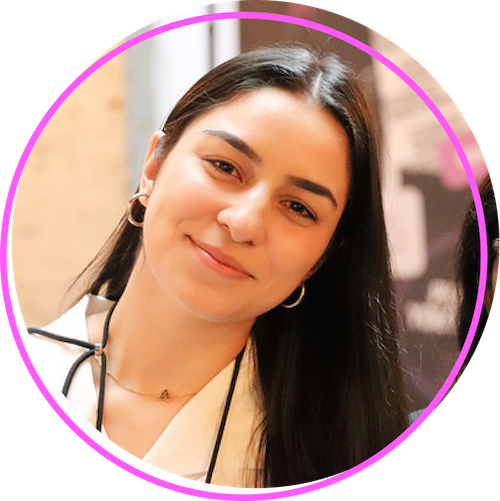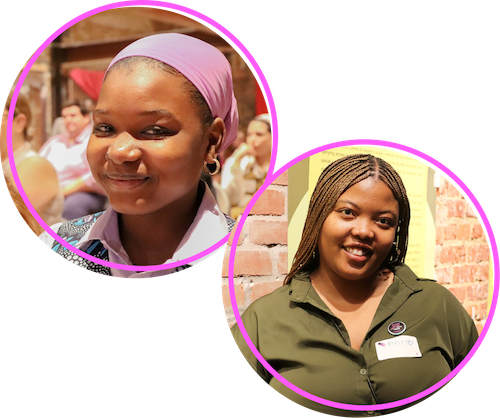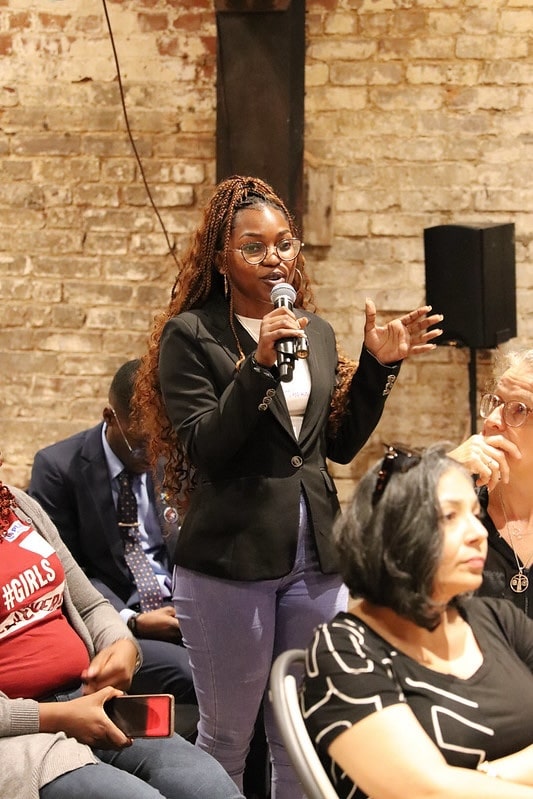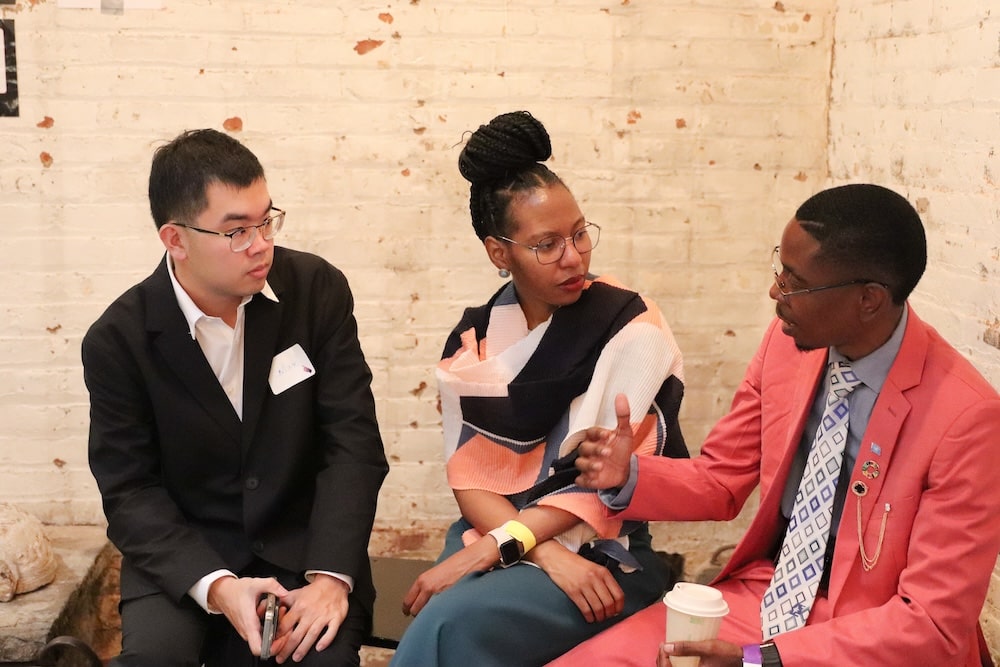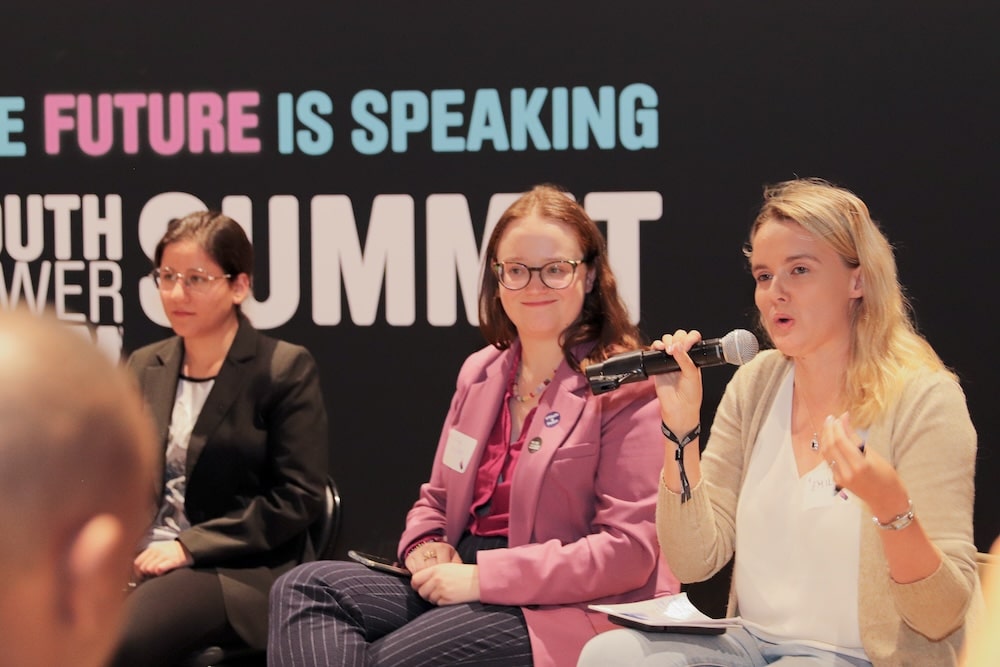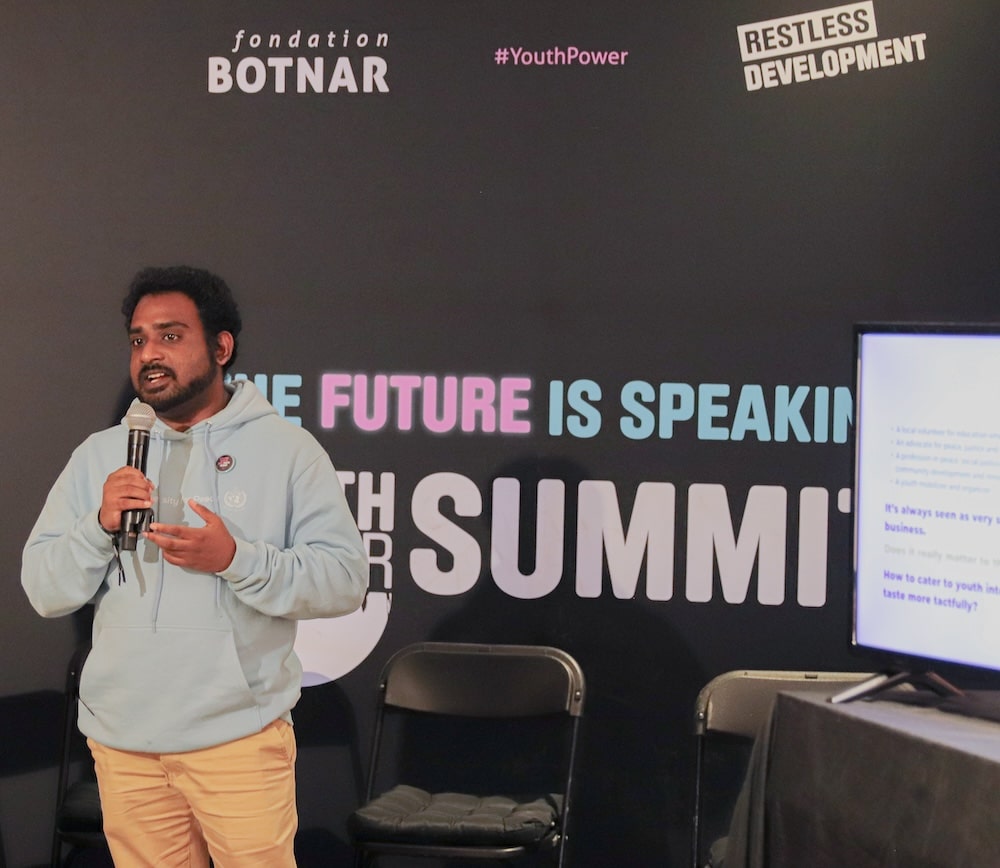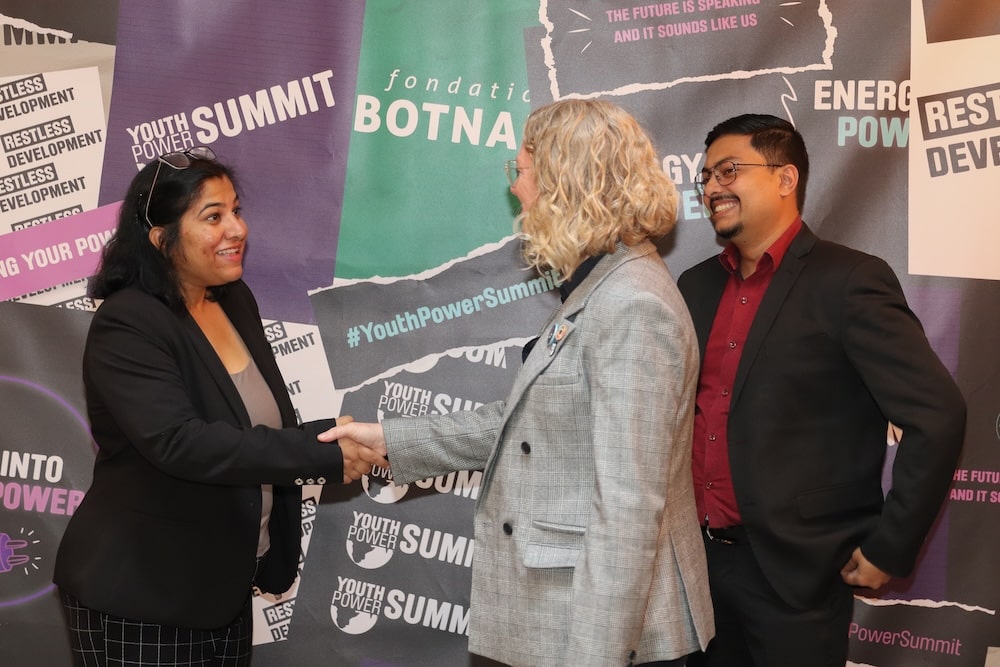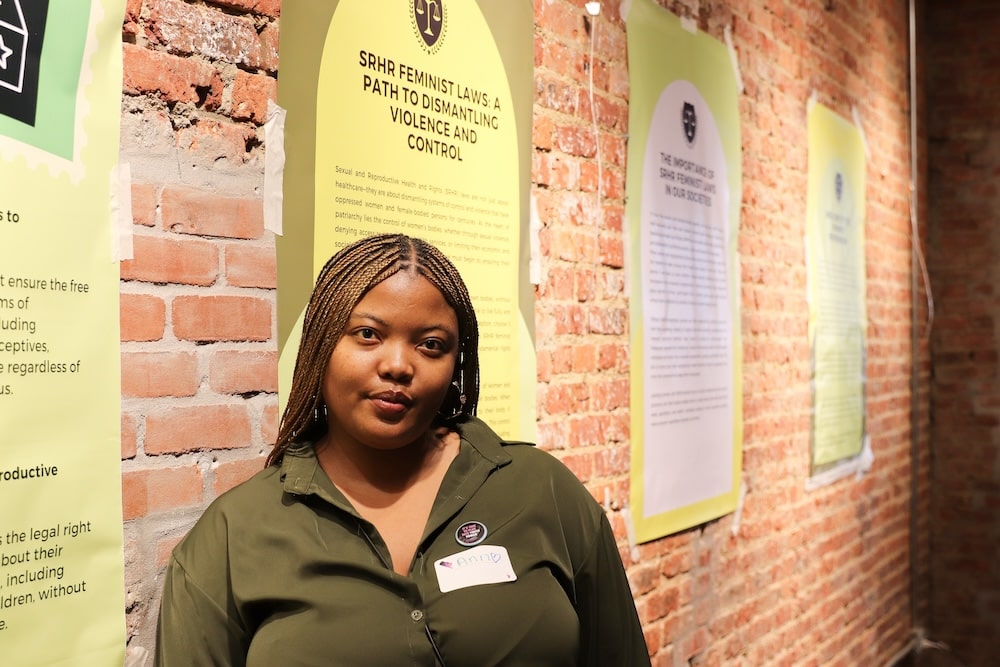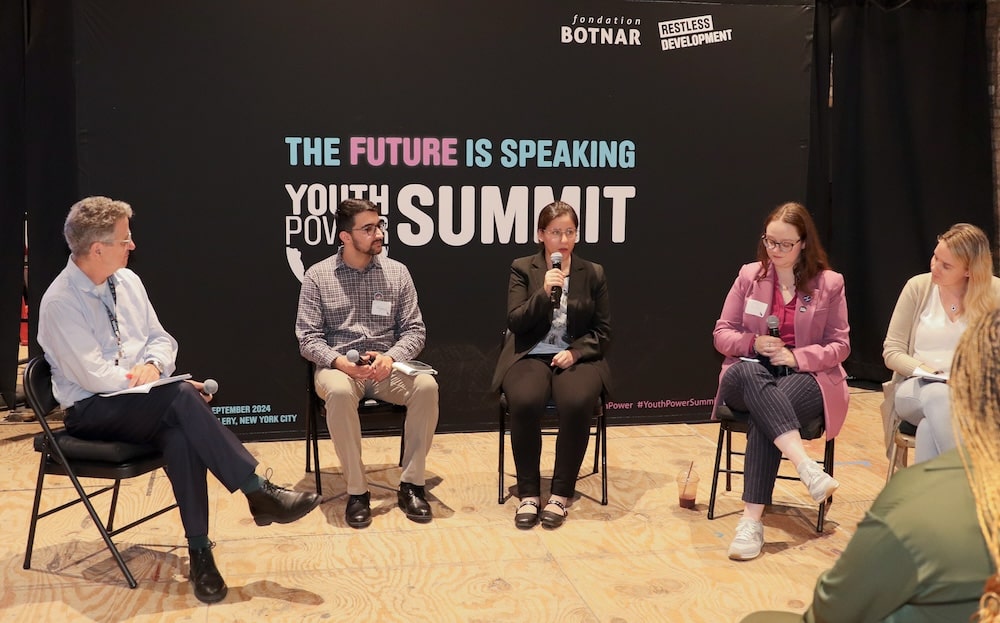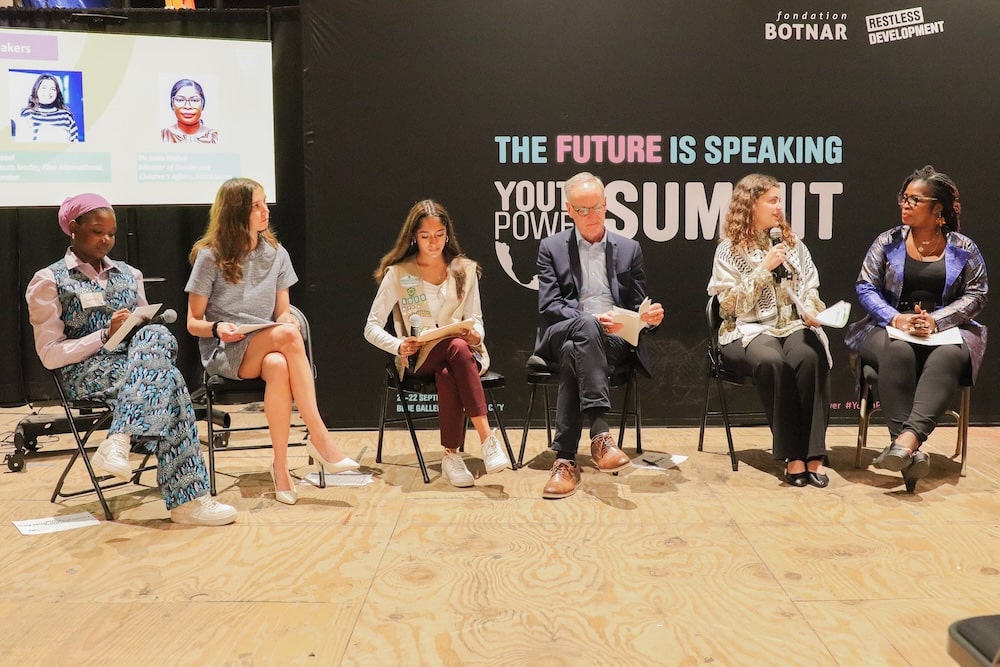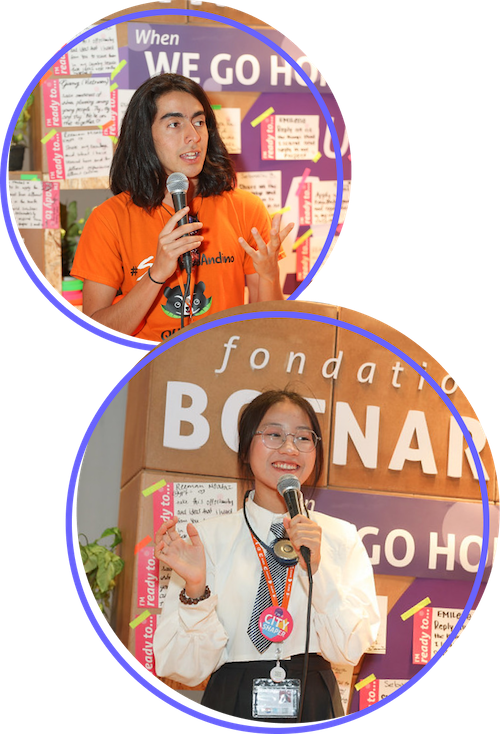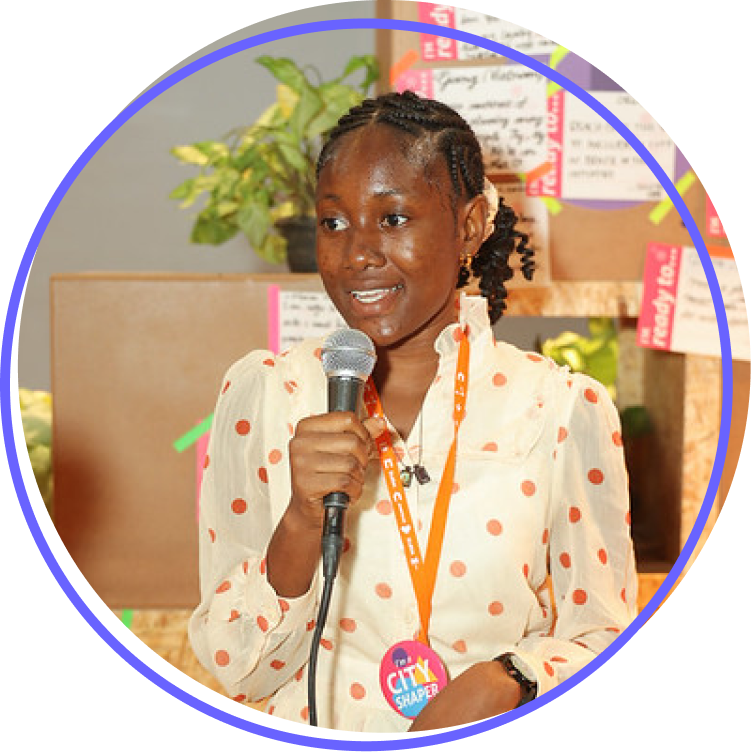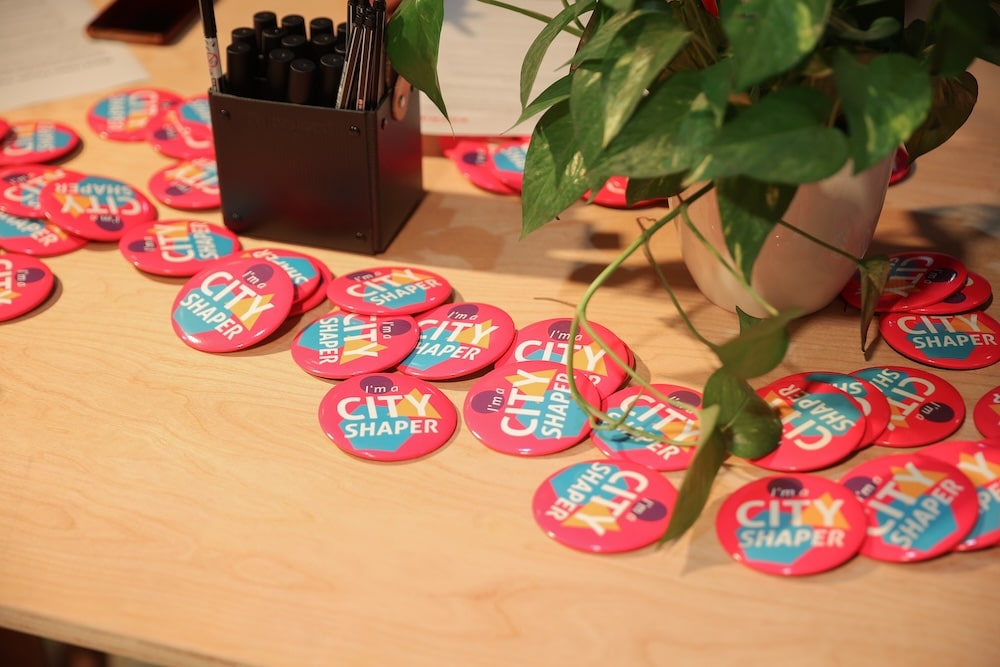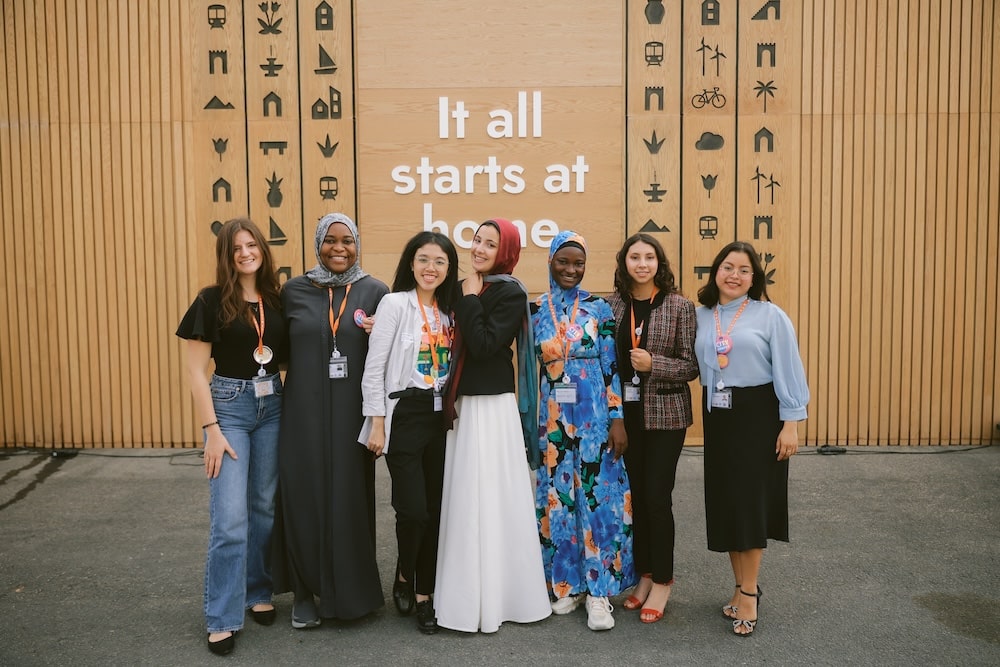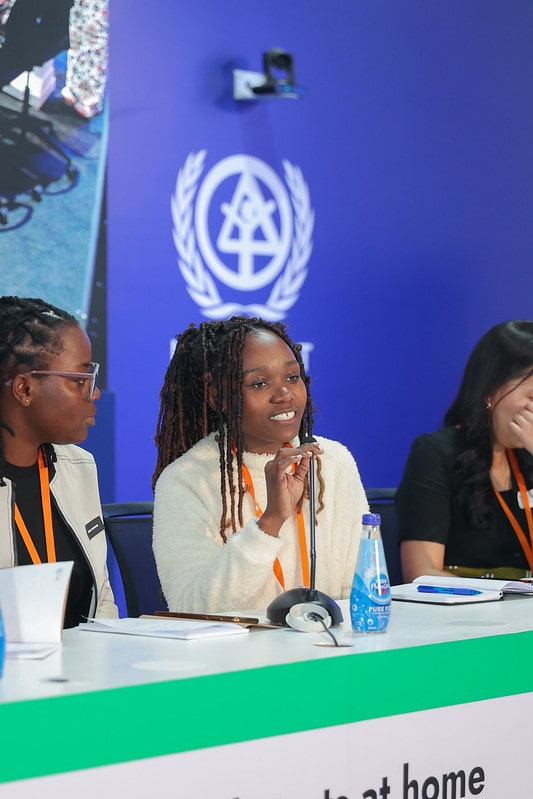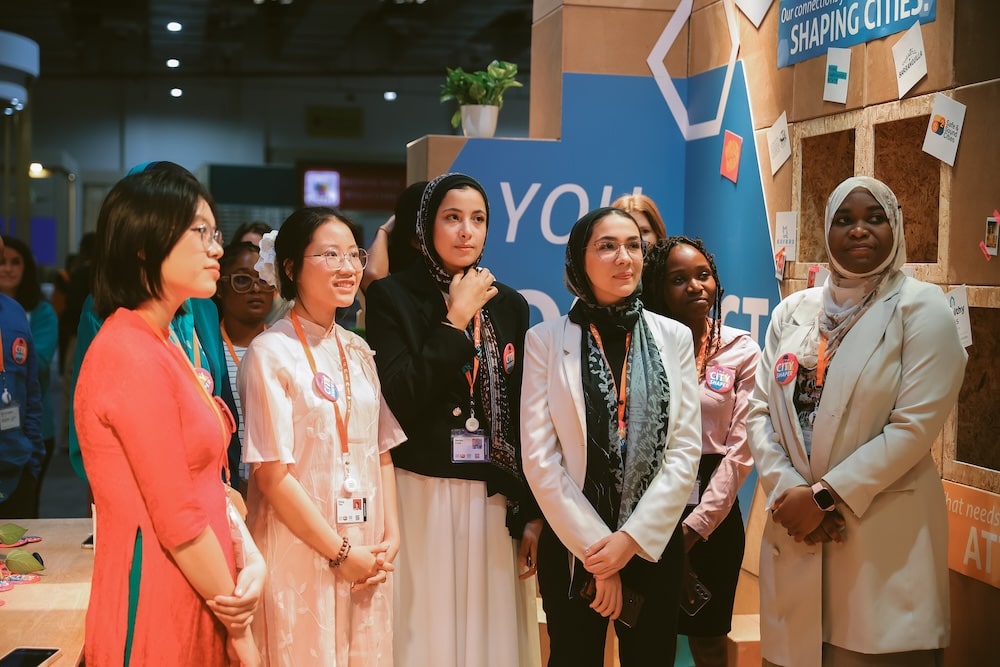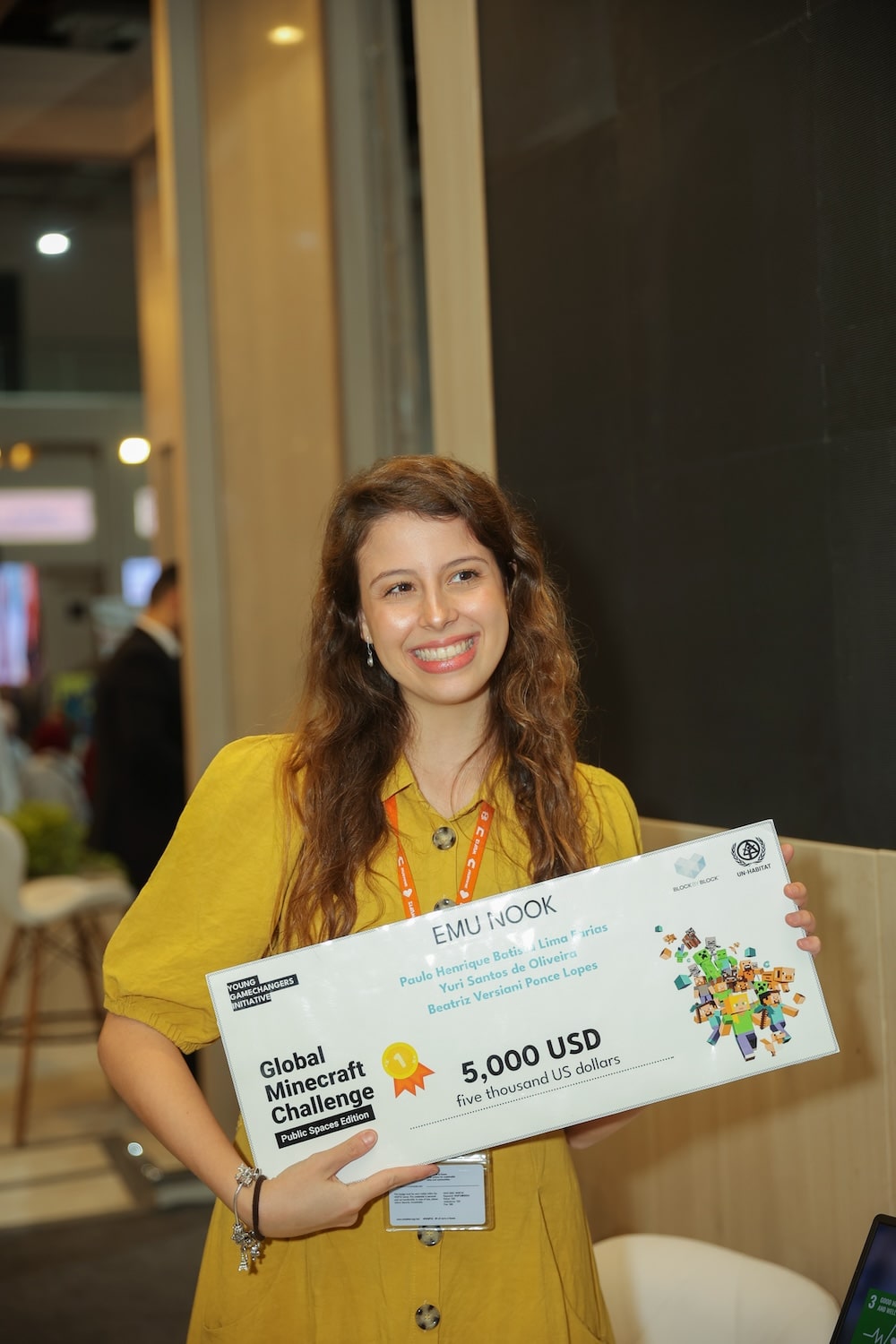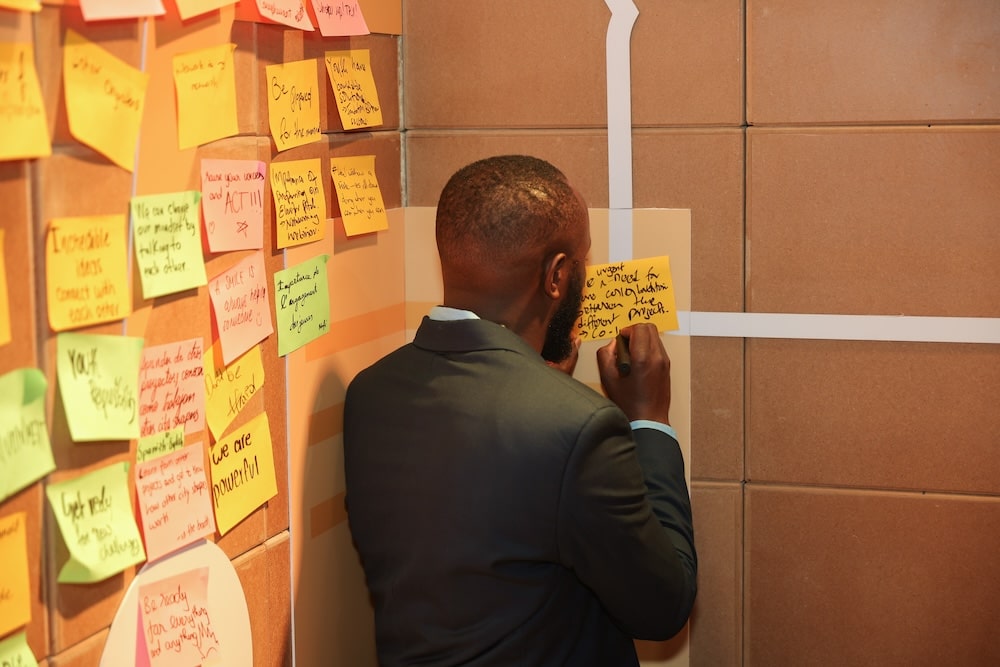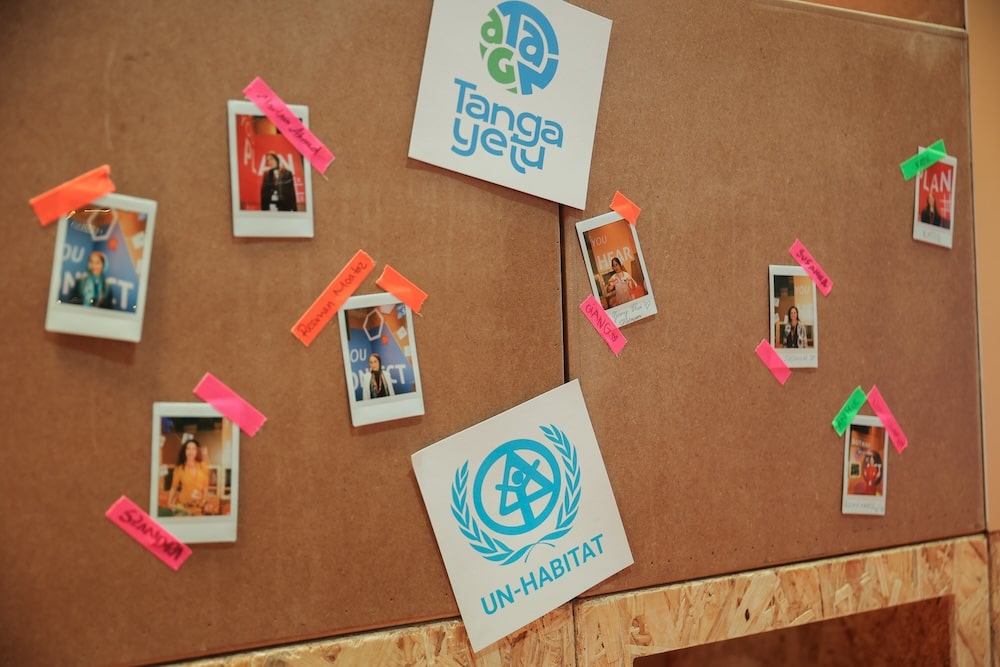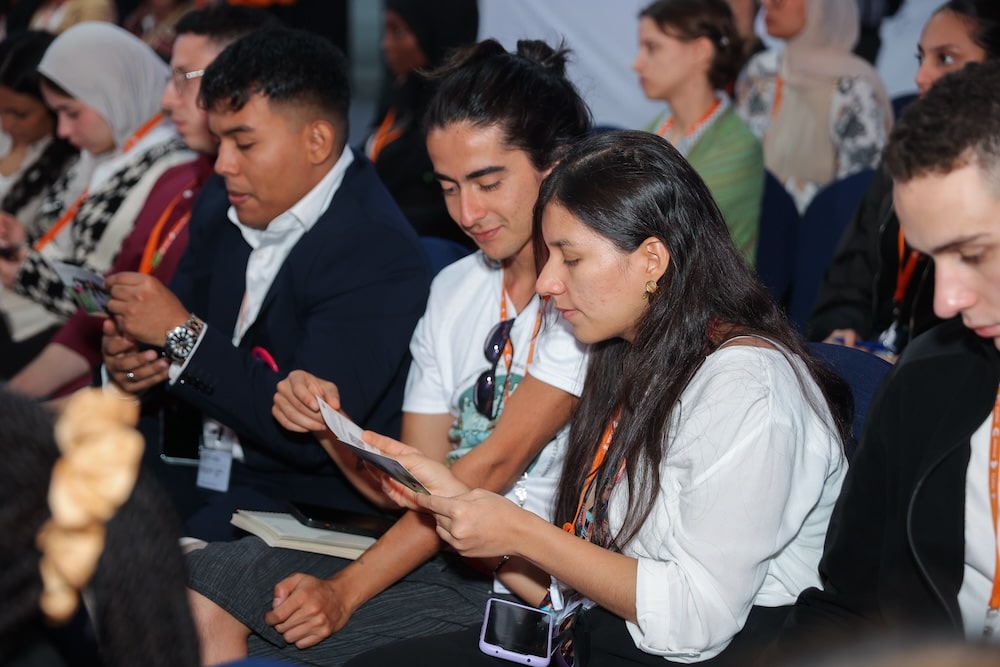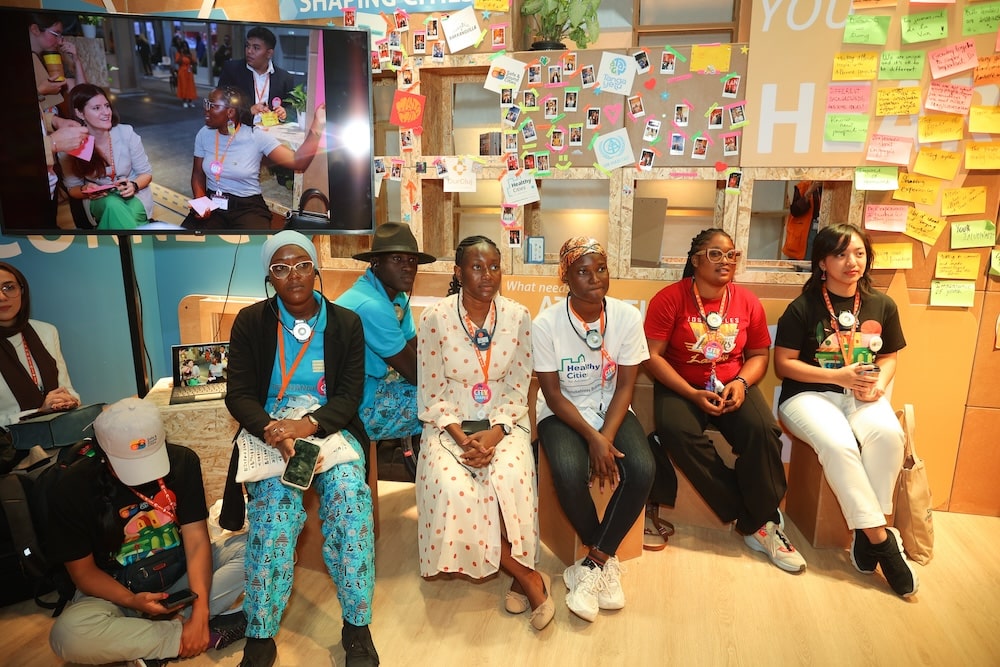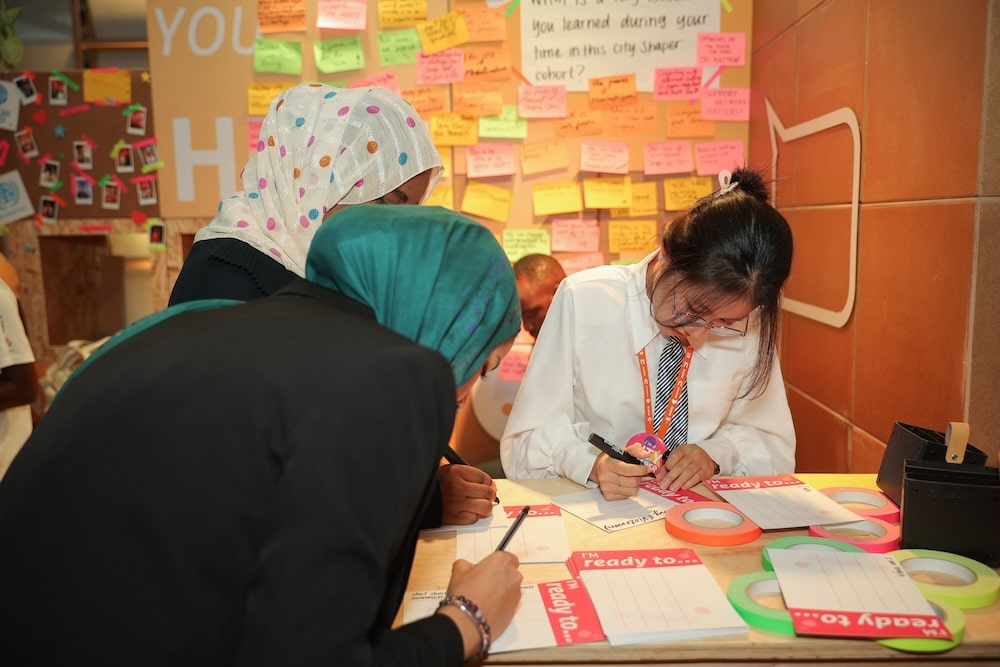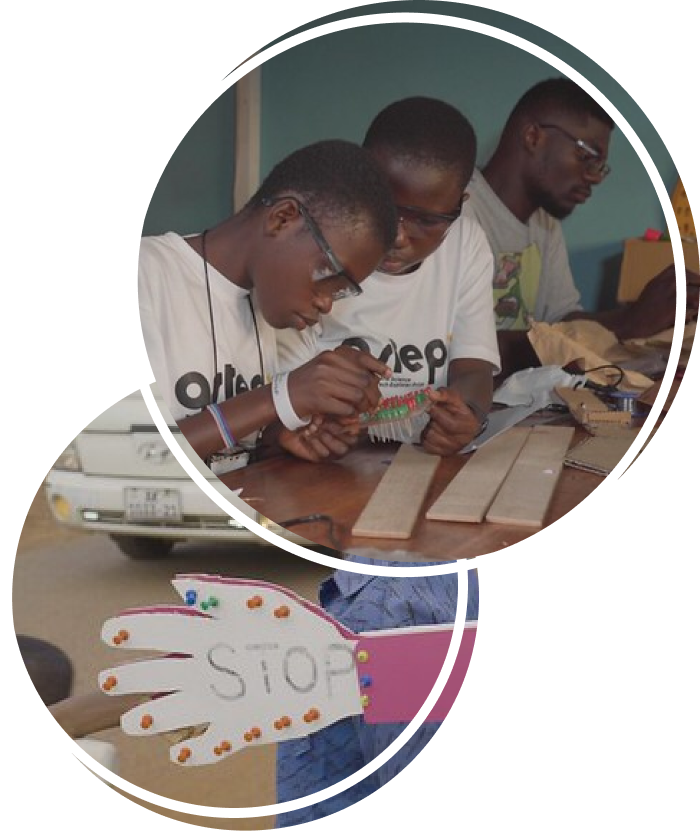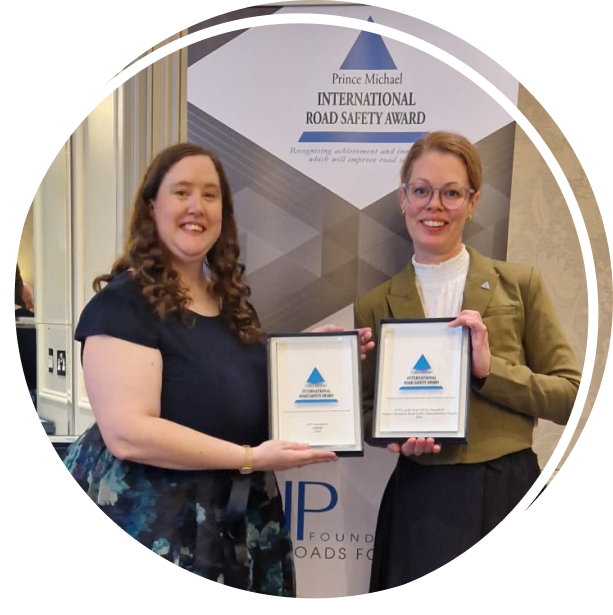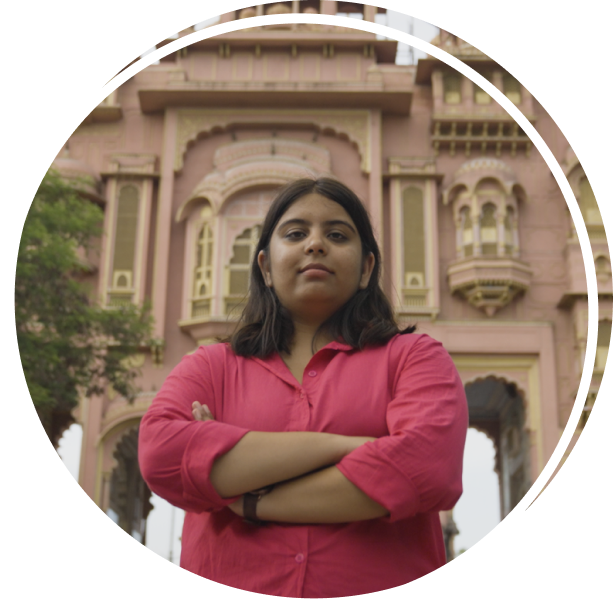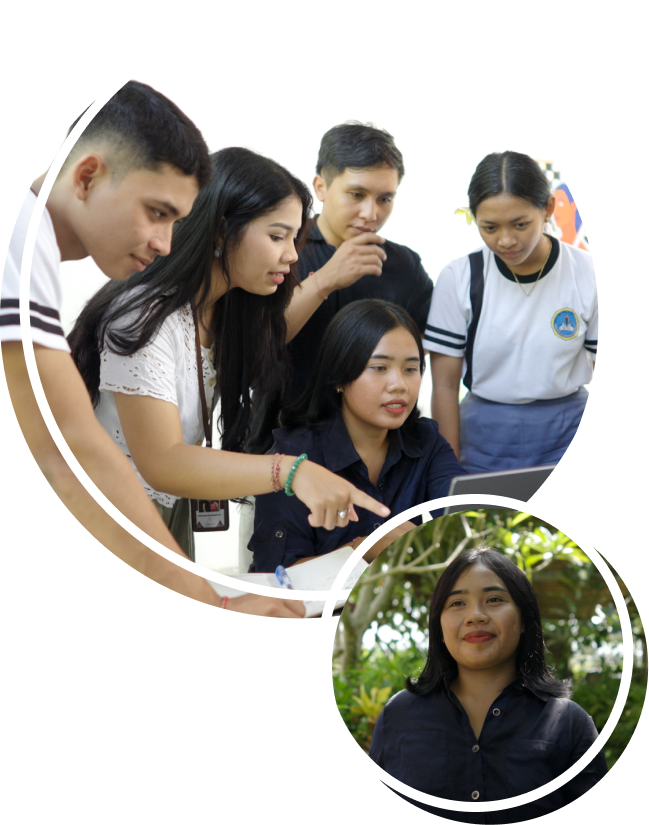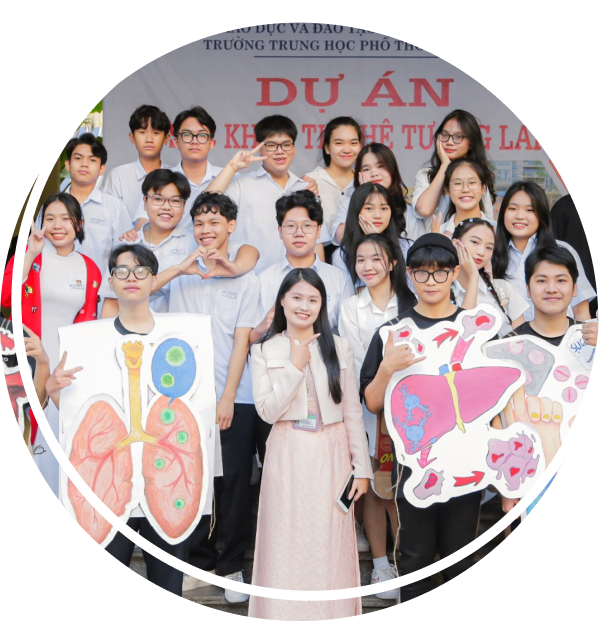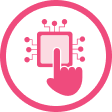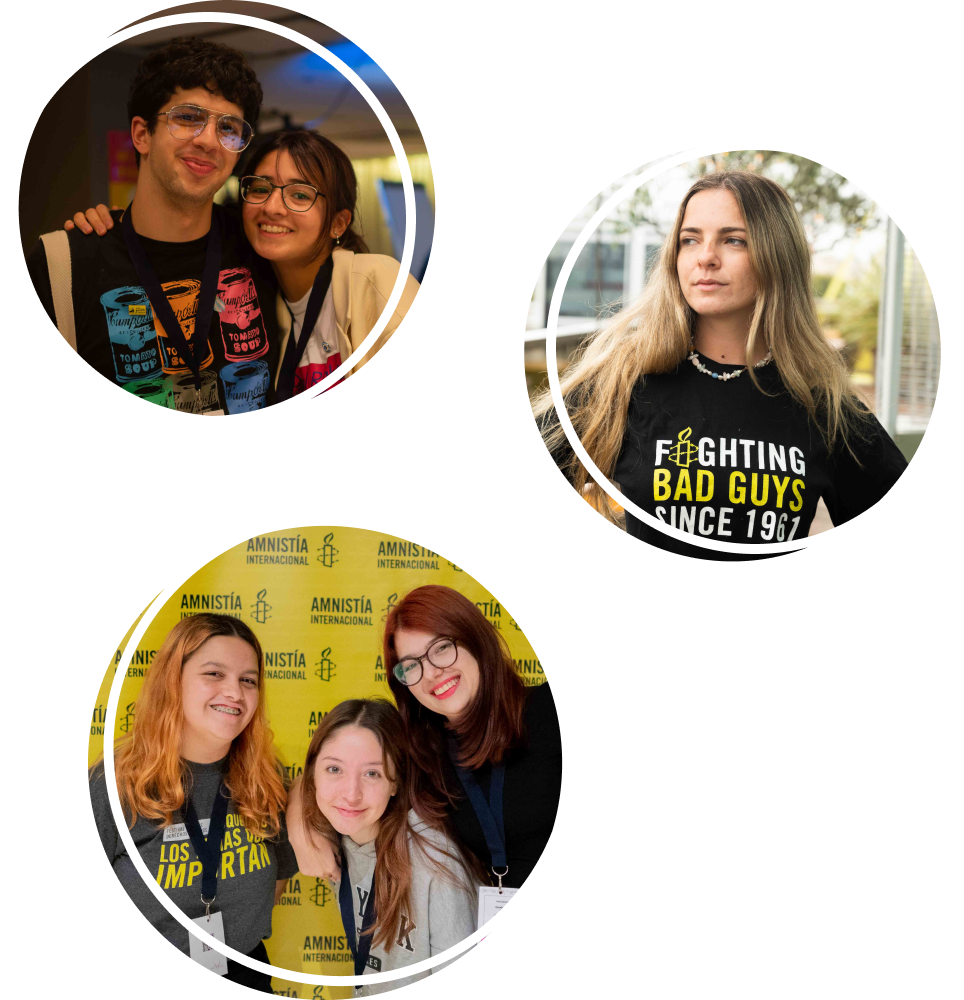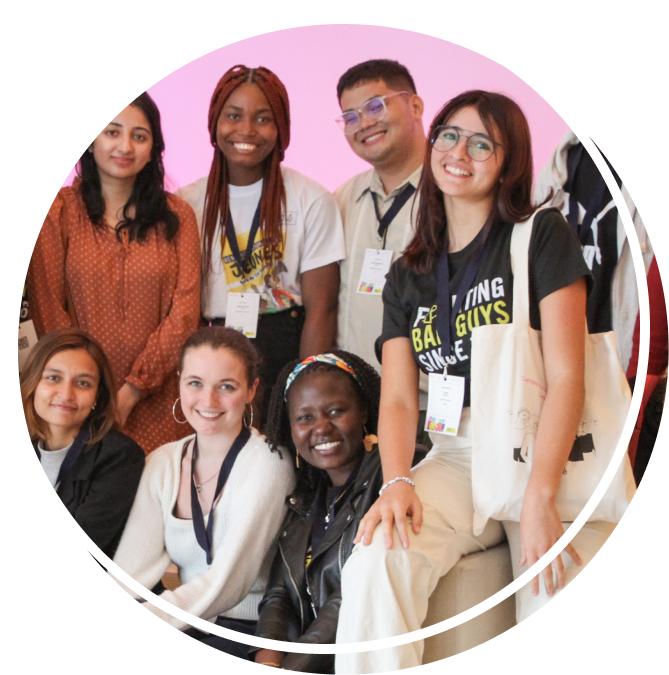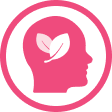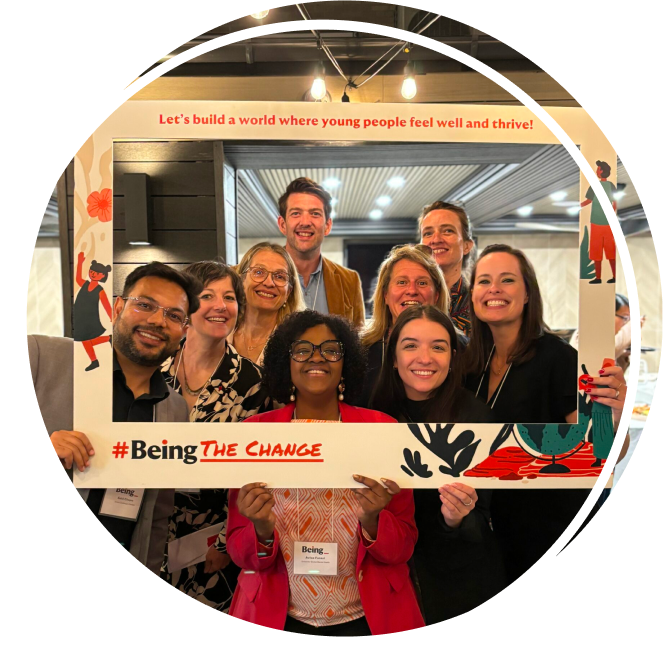The rise of health data and the use of technologies to both treat and prevent different health conditions have opened many gateways. In particular, new digital methods present opportunities to improve diagnosis, treatment and management of mental health problems. From artificial intelligence via computerised therapies to applications on mobile phones – the potential of digital solutions, especially for young people is vast.
Fondation Botnar organised a panel discussion at Intelligent Health Summit 2020 to catalyse debate around how digital applications can address mental health issues but also the risks, and the negative impact technology has on children and young people today. Below are responses from the panellists to some of the questions we didn’t have time to answer during the session. Hear more from Farina, Pattie, and Satish.

From left to right: Farina Schurzfeld, Chief Marketing Officer, Selfapy, Pattie Gonsalves, Project Director, It’s Ok To Talk, Sangath, and Satish Melwani, Young Experts Tech 4 Health (YET4H) Council.
Often people, and especially young people, might not be aware that they are suffering from a mental health issue. Is there a way for digital to help there?
Satish: The initial step will be to build mental resilience of young people by improving their knowledge about mental health issues to enhance their mental health literacy. As more than 50% of mental health issues have onset by 15 years of age, incorporating mental health promotion programs into high school curriculum can play a significant role in enhancing awareness and understanding of early signs and symptoms of mental illness. Moreover, digital health tools can act as an entry point for mental health education and support services as young people have a high degree of access to digital devices.
Pattie: Yes. A fundamental way is through social media platforms that now offer personal stories about mental health needs and experiences as well as information and direct users towards different options for support. This is our approach via It’s Ok To Talk and Mann Mela — to open up a discussion about what mental health, what kinds of problems young people experience and how to find the right type of support — but through young people’s personal experiences which direct readers/users to knowledge of support options, including digital ones. Stigma is often the first barrier, and digital platforms offer a way to open up a dialogue which is a gateway to seek help.
A fundamental way is through social media platforms that now offer personal stories about mental health needs and experiences as well as information and direct users towards different options for support.
Pattie
In your experience, what tools work best in terms of providing effective digital mental health interventions?
Farina: Looking at the research, the most effective interventions are blended learning technologies which combine digital learning over a minimum of 9 weeks with personal psychological support via phone/telechat.
Satish: In my experience, the integrated approach (combining traditional in-person mental health support and digital technology together) works best as some sort of human interaction can play a significant role in developing trust elements and thus more adherence and willingness to utilise services. But to select an appropriate digital tool to effectively deliver quality mental health intervention, it is crucial to understand the local context, cultural barriers, and needs of young people. This will help to enhance access and utilisation of health information and services through appropriate digital tools to promote mental health and wellbeing of young people.
To select an appropriate digital tool to effectively deliver quality mental health intervention, it is crucial to understand the local context, cultural barriers, and needs of young people.
Satish
Pattie: I agree with Farina that guided or blended interventions show the most promise globally. In India, we are training non-specialist workers to deliver digital interventions, and this is very exciting because it helps us address issues of limited resources which otherwise would not be possible to do.
In the panel discussion, it was mentioned that blended approaches are most useful, but this means that patients cannot access apps anonymously. Do you have tiered approaches, e.g. online interaction is anonymous to remove initial barriers, then move to local therapists? Also, if you see a high-risk patient on an online platform, self-harm for example, what approach do you take to intervene then and support?
Farina: We work with a network of psychotherapists and clinics if patients need longer-term support, and I believe that an integrated healthcare plan is the most effective for some patients. For some people, staying anonymous is key – while for others, it is more important to their psychological support. We have an evacuation system with standardised procedures in case of a suicide attempt. We have had several, unfortunately; thus, we follow a strict guideline of escalation and collaborate with the police to find out the location if needed.
For some people, staying anonymous is key – while for others, it is more important to their psychological support.
Farina
Lots of people I know are wary of taking online help, what are some effective or easy ways to encourage people to take mental health support online?
Satish: To encourage young people to seek online mental health support, it is critical to make them aware of the range of quality online support services available for their easy access and utilisation. Another influencing factor for encouragement can be social support from young peer groups as they can help to enhance social networks and support learning about resources from peers, as well as gain information, insights and strategies for coping with challenges and thus may play a significant role in normalising online mental health support seeking behaviour. Further, it is critical to be transparent about ethical use of the personal data (example: data ownership, purpose of use, trustworthiness and accessing bodies)
Pattie: Another way is to make sure that solutions which have been rigorously evaluated and show positive benefits can also be used more routinely (e.g., in schools, universities, integrated into social media or even into new smartphones, and notably as part of existing mental health care if that is available). It is also vital to be clear and transparent about the safety and use of digital information/personal data. Public engagement activities to promote the use of trusted digital solutions might also enhance uptake.
What do you see as the most urgent research questions to answer to advance the field?
Satish: The urgent research question will be to understand how existing mental health conditions can affect young people’s engagement with digital approaches. But future research should utilise a rights-based approach to effectively engage young people throughout the decision-making process to maximise their participation and reach more young people.
Pattie: Effectiveness evaluations for digital innovations for young people’s mental health are currently a gap. There is a large and growing body of acceptability and feasibility studies — but we need to know whether these solutions benefit young people and then, how we can optimise them to offer them more widely and in different contexts.
Before the panel discussion kicked off, we asked the audience to think about and share what worried them when they were 15 years old. Many of the responses were about anxiety, bullying, school, and grades. Today, these are issues that are still on young people’s minds, and 1 in 4 will need professional support for their mental health. The options available today have increased compared to only 10-15 years ago, but there is still a stigma. Digital technologies can work as an important first step for people in getting the help they need. Fondation Botnar will continue to convene stakeholders and catalyse debate to improve the wellbeing of young people through the use of digital to create a world where young people can thrive.
Watch a recording of the panel discussion here.
Thank you to Donovan Müller, a recent high-school graduate and Foraus blog contributor (read his recent publications here), supported Fondation Botnar during our session at Intelligent Health, capturing the discussions.



